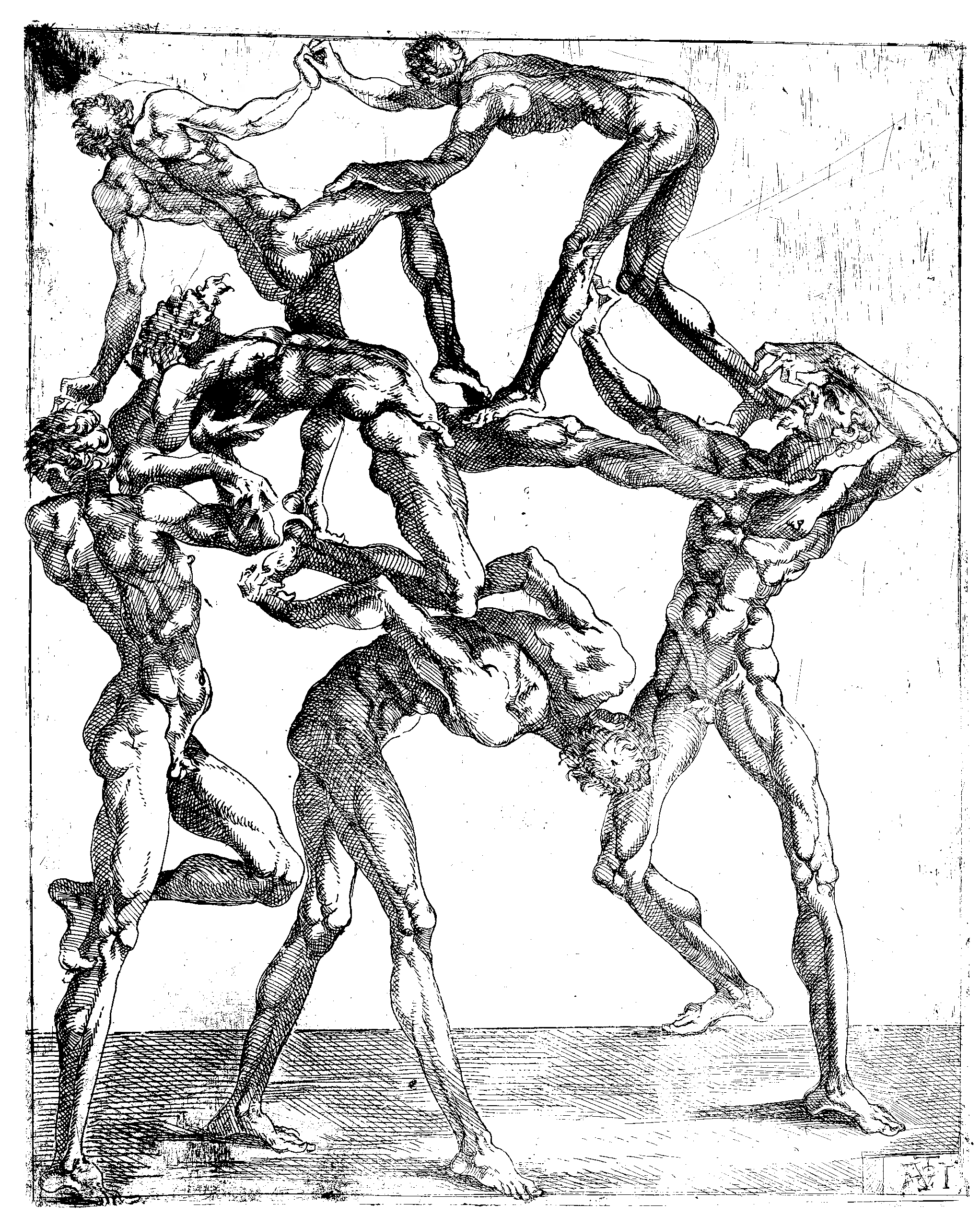Models of human cultural reproduction
Egregores, superorganisms, memeplexes
December 17, 2018 — July 26, 2022
Suspiciously similar content
Content warning:
Comparison of groups here by their structural similarities is not to imply moral equivalence or endorsement of said groups. Groups you like and groups who offend you might both have similar dynamics.
Superorganisms are organisms made of other organisms. Since what an organism is is not always clear, there is a lot of room for interpretation (are all eukaryotic cells superorganisms because of their mitochondria?)
If we call something a superorganism, we are assuming its component parts are not so tightly coupled as an uncontroversial, singular organism. But if something is going to survive and propagate in the noisy substrate of humanity, it needs strategies to replicate, adapt, and regulate, just like a real organism. Sometimes this way of thinking sounds insightful.
1 See also
2 Egregores
I like the notion of egregores, which model human dynamics as organisms, in a usefully loose sense. “Hypothetical self-maintaining human systems.”
We can speculate what such superorganisms would entail, e.g. Sarah Perry, in Weaponized Sacredness:
A smart [egregore] would keep its component humans in the zone of maximum productivity, not demanding too much from them, nor allowing them to slack off (producing nothing for the glory and amusement of the egregore and anyway perhaps feeling bored and useless).
I like this metaphor, as it inspires us to think about what the feedback systems that are in place are configured to do.
I wonder if we might model these as moral orbits. Or as AIs.
3 Status
Kevin Simler in Minimum Viable Superorganism, casts the problem of cooperation outside the family unit as built upon status.
4 Incoming
Segmentation faults: how machine learning trains us to appear insane to one another.
Jeff Maurer, The Great Dumbening
Irrational Institutions #2 - Infovores Newsletter File under filter bubbles, reality bubbles, subculture dynamics.
David Gasca, The Secret of our Success (as humans)
Notes on Nggwal — Traditions of Conflict
Nggwal instead is a truly impressive example of coordination—he is metaphorically and literally a collective that unites even enemy communities in displays of dominance and power. Nggwal as an entity symbolizes something of significant interest to me and a key focus of this blog: namely all the ways in which men cooperate to do extreme and destructive things to themselves and others.
